Porcelain Insulator News
by Elton Gish, NIA #41
Reprinted from "Crown Jewels of the Wire", August 1989, page 29
As you know, Porcelain Insulator News appears in CJ every other month. Due to
the recent surge in interest shown for multipart porcelain insulators, I will
devote every other "PIN" article to multiparts. Perhaps the interest
in multiparts has been out there all the time, but just hiding in the closet.
Since my book, Multipart Porcelain Insulators was published last year
illustrating 345 multipart styles, we now have 45 new styles to add to the chart!
A book supplement will be ready in 1990, so if you have any new styles, please
let me know.
Bill Rohde brought a couple of nice multiparts to the San Luis
Obispo Regional in May for me to look at. The first one is M-2221 with an
unusual incuse marking underneath the top skirt. The marking is clearly shown in
the photograph below. The insulator does not have any other markings, but
appears as though it may have been made by Thomas. By the way, that show was
great. I came home with several multiparts including a beautiful Fred Locke
M-2795 (with a glass bottom skirt) with the original sulfur cement.
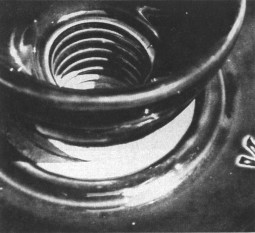
The other multipart that Bill brought was one that I have wanted to see for
many years. It has been assigned a new M-number, M-2254, (shown in the two
photographs below) and has the incuse marking, "LIMA, NY". Lima markings
are very rare and are known only on M-2420, M-2640, U-376, U-519, U-648 and
U-705. The M-2254 was evidently used in the Fresno area as Bill has found two of
the marked ones plus a few that are unmarked.
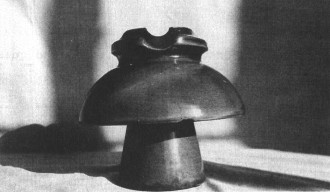
M-2254
7 - 3.5 x 6.5
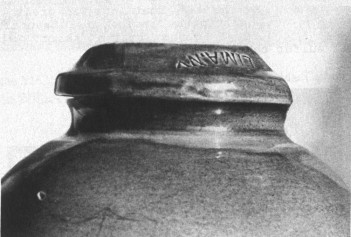
After seeing M-3900 pictured in "PIN" in the July, 1988 issue of CJ,
Ken Stefan sent the next two photographs showing these insulators still in
use along a street of a large city in Illinois. (The name of the city is
obviously withheld as Ken and a couple of others have an eye on these, as they
wait the day these beauties are retired.) That must be quite a sight to see
these huge insulators very prominently displayed, six to a pole. This insulator
has been nicknamed the "tick".
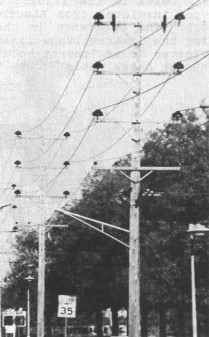
The M-3900 appears to be very scarce
and none are known to be marked. On the next page is a copy of an illustration
used in an article about fog-type insulators which appeared in the December 20,
1930 issue of the Electrical World. This is the only reference I have found on
the "cement-hood fog-type" insulator. Note that the illustration shows
a three-piece insulator cemented inside the hood. This is different than the
M-3900 which has a two-piece insulator inside the hood.
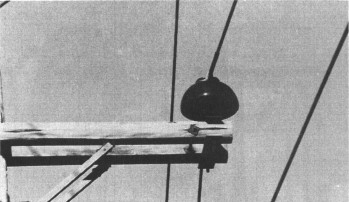
M-3900
12 - 10.5 - 7.5 - 3.5 x 8
Below is the illustration of the "cement-hood fog-type" insulator from
Electrical World dated December 20, 1930. The reference in the article merely
states that, "For the lower-voltage lines certain insulators, commonly
referred to as "cement-hood" types (shown in Fig. 5), are in most
cases satisfactory."
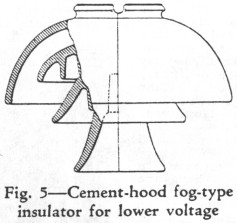
Chris Hedges sent the next three photographs of a very unusual insulator.
These are still in service on a structure which appears to be an old bridge.
Naturally, Chris has not revealed the location, much less the state, that these
are located. A photograph of this same insulator appeared in the Electrical
World dated December 3, 1927 and is shown after Chris's photographs. These are
two-piece, fog-type insulators made by the Lapp Insulator Co., but a captured
specimen has not been reported.
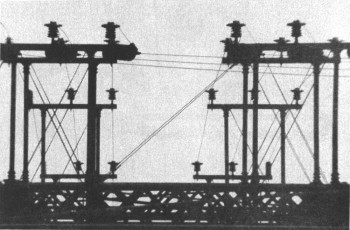
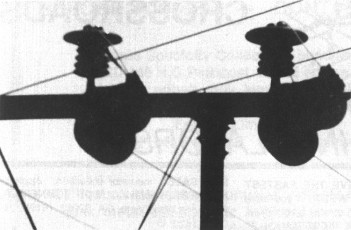
EW dated Dec. 3, 1927
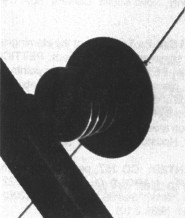
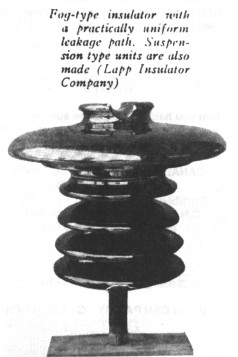
| 